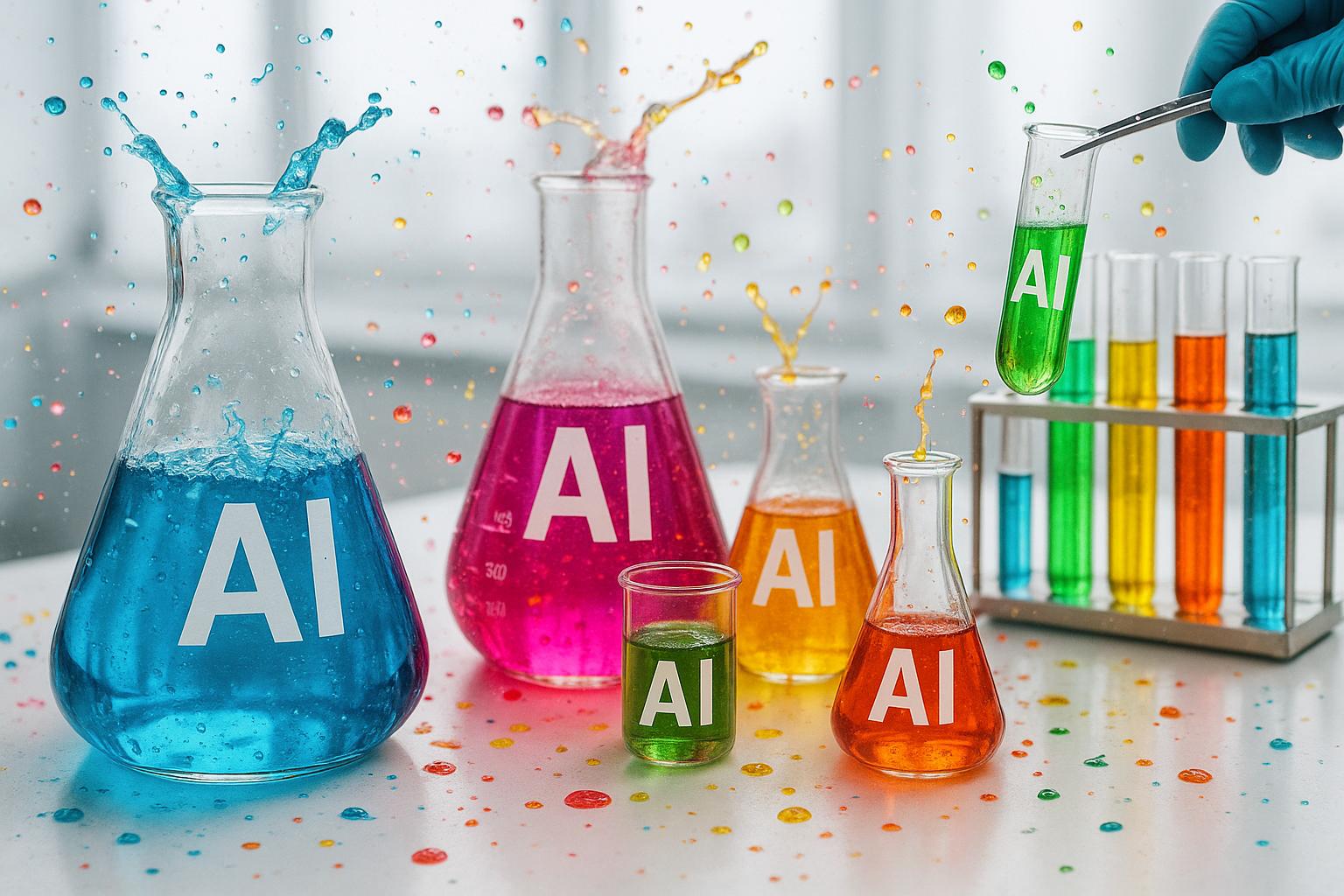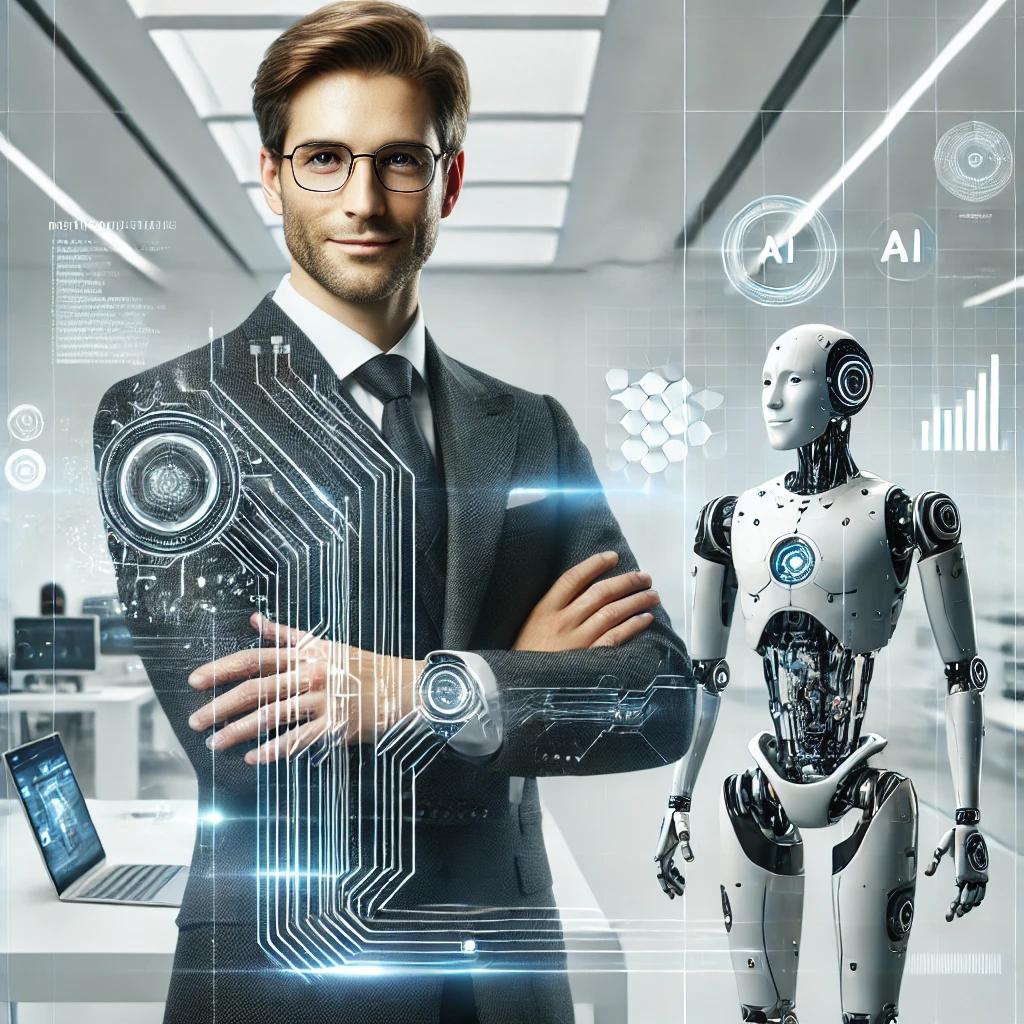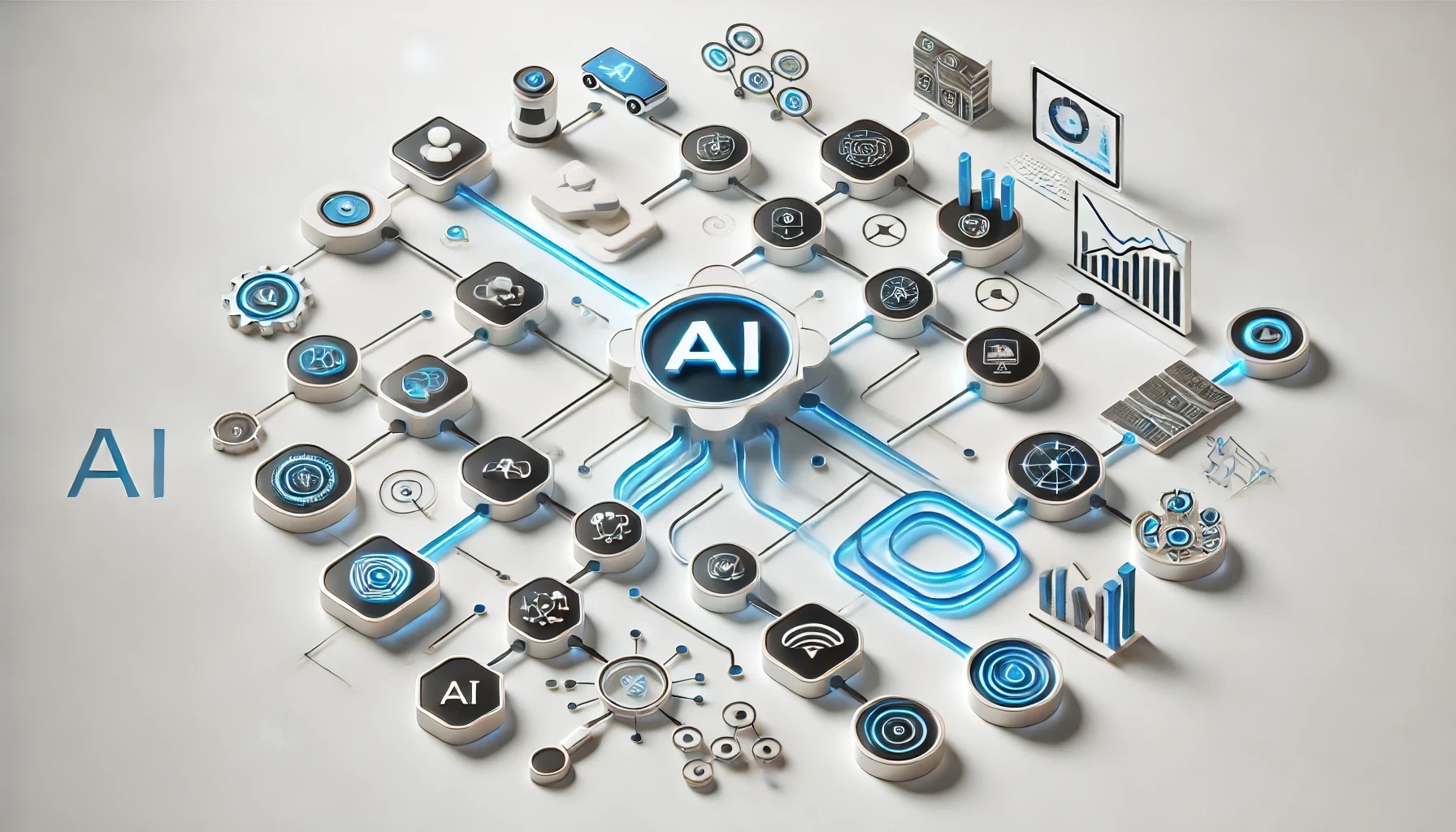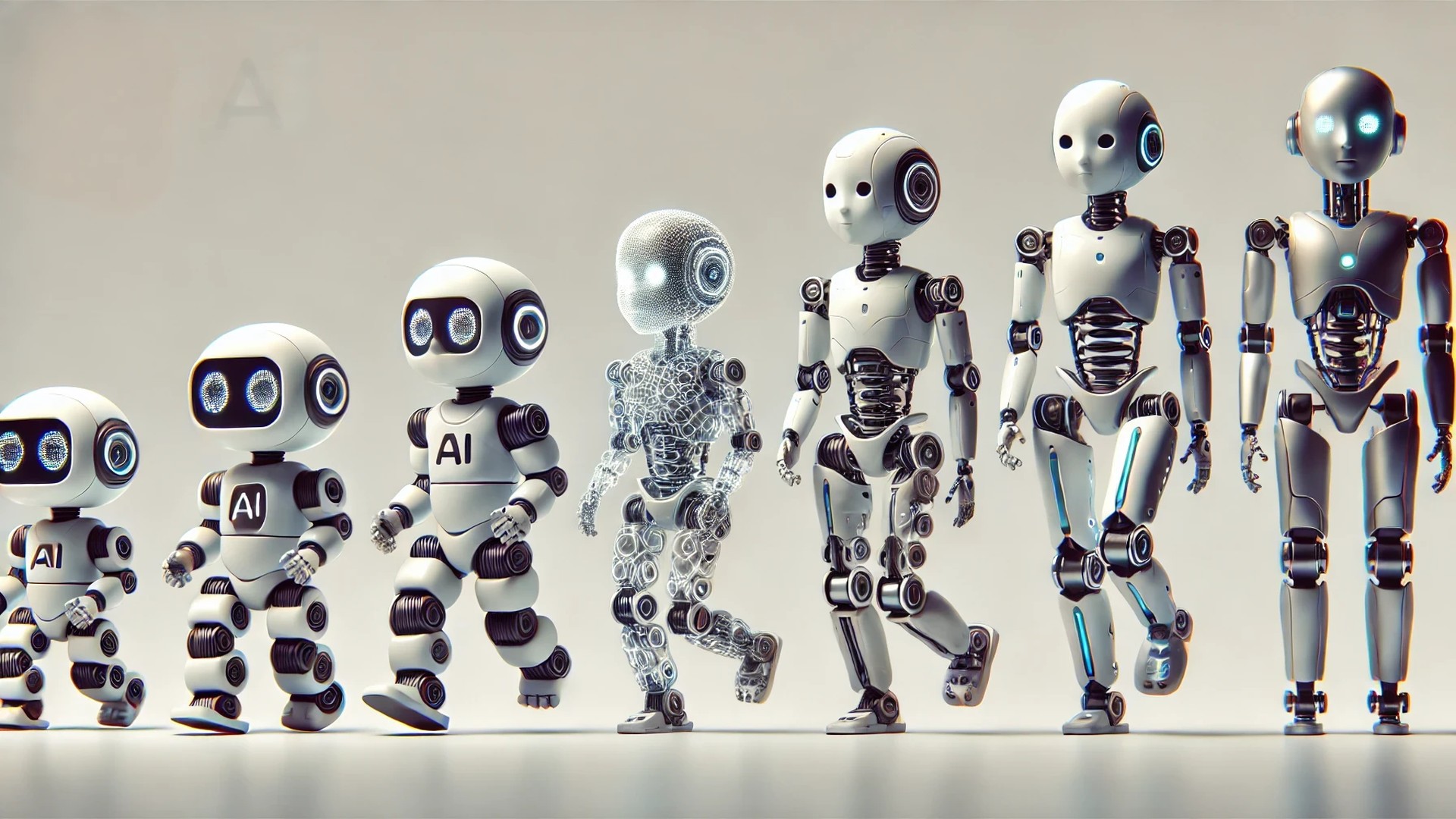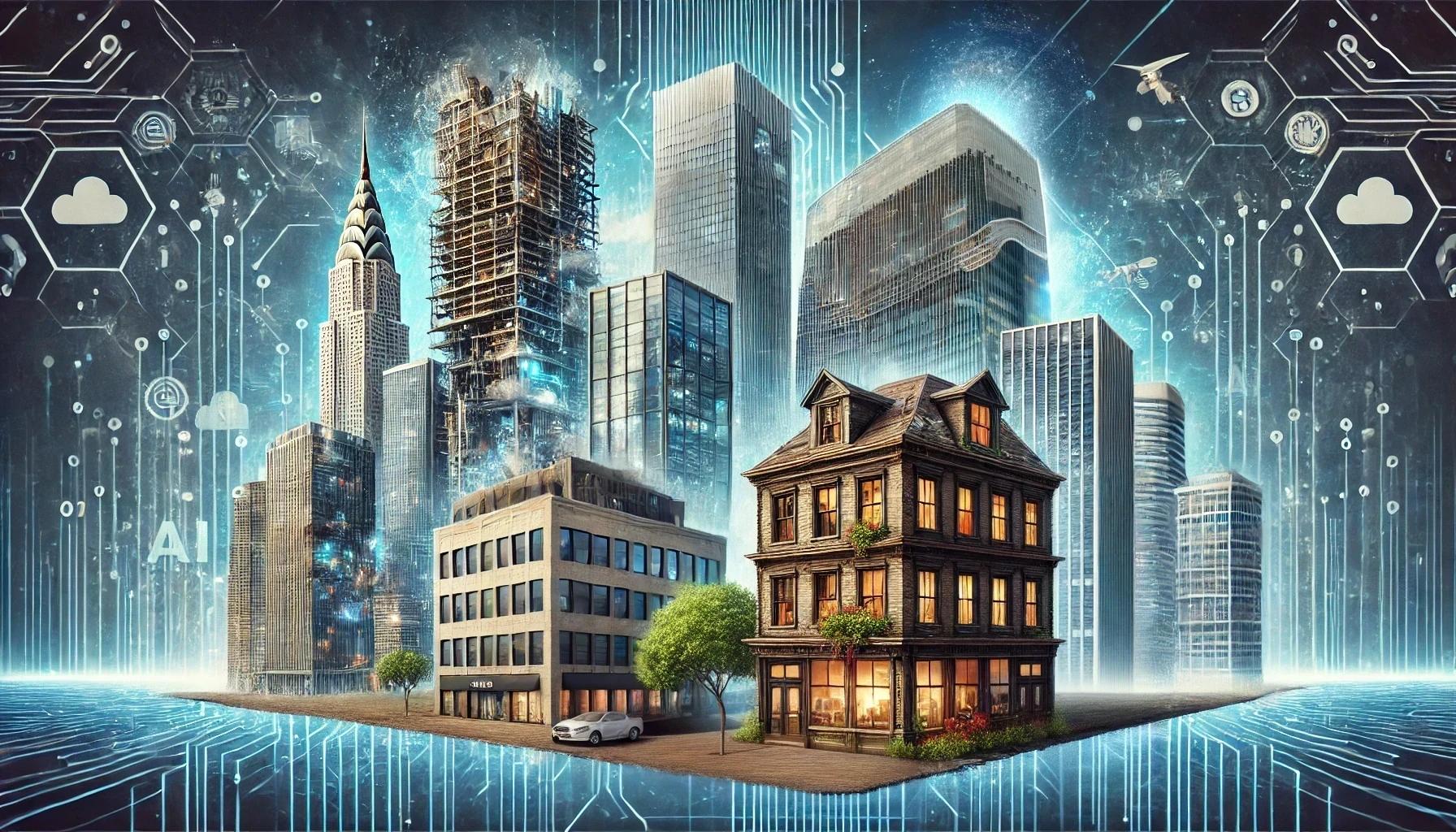AI automates tasks and roles at all levels of an organization, replacing executives, managers, and employees in stages. Initially, it takes over specific functions in these groups at the following rates: 10% of executive tasks, 20% of managerial duties, and 30% of employee roles.
This process continues beyond the first wave of AI-driven automation, with more tasks and responsibilities being automated over time. AI’s influence on the workforce is ongoing and cyclical, progressively automating more roles in each cycle.
As AI advances and becomes more integrated into organizations, it continually transforms the workforce by automating roles and increasing worker productivity at every level.


